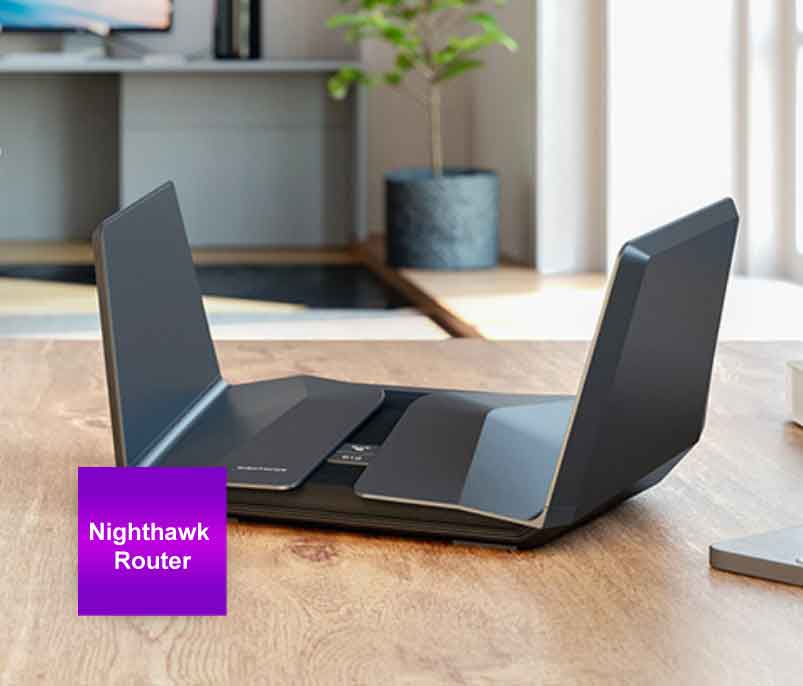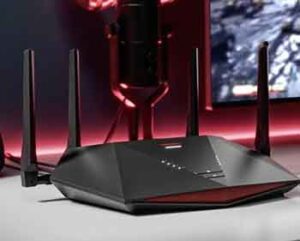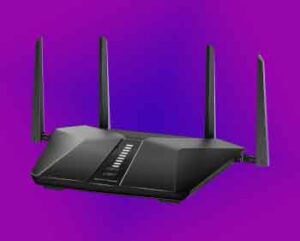How to log into Nighthawk Tri-band WiFi extender?
Nighthawk with WiFi 6 (AX) and WiFi 6E (AXE) Routers
Wireless routers are packed with features, value, and industry-leading performance that’s been trusted for over 10 years
Nighthawk router not connected to Internet
First, check all cables for secure connections, then restart both your modem and router. Ensure the router’s firmware is up-to-date.
WAN Setup
Click 'SETUP'. Then click 'WAN SETUP'. Change the WAN Preference field to 'MUST USE ETHERNET WAN', then press the green APPLY button.
Wireless Settings
Choose your security type preference and set up new SSID
Operation Mode
Change the access point mode to wifi extender mode or vice-versa
USB Settings
Connected USB drives in range extender can be managed
Internet Issue
First, check all cables for secure connections, then restart both your modem and router.
Help & Support
if are you facing any type of the issue, We Provides the Best services.

Are you trying to shop for a Router?
Wifi Router
wireless routers are packed with features, value, and industry-leading performance that’s been trusted for over 10 years

Trying to connect to your control panel?
You may not be connected to your Router’s WiFi network.
To access routerlogin.com, your device must be connected to your Router’s WiFi network. Check your current connection and try again. The easiest way to manage your router’s settings and wireless network is the Nighthawk app.
Configuring your Nighthawk Router
Connect a PC or laptop to the router via an ethernet cable. (You can also connect to your router via Wi-Fi, but Ethernet is recommended to make the process easier.)
Open your web browser, and type Website Url. Log in to the router using the default username admin and the default password admin. If you don’t know the password and can’t log in, you may need to factory reset the unit.
Select Internet. If the ‘Select Country’ menu appears, select Country.
From the ‘Select Internet Service Provider’ menu, select ‘Other’.
From the Transfer Mode menu, select VDSL(PTM) if your connection type is an NBN FTTN/B service. For any other type of service, select ‘Ethernet WAN’.
Make sure that the ’Enable This Interface’ check box is selected.
Scroll down to the ‘Does your Internet connection require a login?’ section and select the ‘yes’ radio button. The page will adjust.
Enter your PPPoE Username and Password – this is your Pentanet authentication username and password, which you can find in your Pentanet welcome email. You can also find it in your customer portal if lost or forgotten.
If your welcome email advises that your service uses VLAN ID 100, tick ‘Enable VLAN’ and enter in the VLAN ID: 100. Otherwise, skip this step.

Advanced Settings and Features
Once you’ve logged into the Router, you can access a variety of advanced settings. Here are some of the most important features:
1. Wi-Fi Settings
You can adjust the settings for both the 2.4 GHz and 5 GHz Wi-Fi networks, including:
Change the Wi-Fi name (SSID)
Set a new Wi-Fi password
Adjust security settings (WPA2, WPA3, etc.)
2. Firmware Updates
Router manufacturers often release firmware updates to improve performance, security, and features. From the router dashboard, you can check for and apply firmware updates.
3. Parental Controls
Routers offer robust parental control features that allow you to limit internet access, filter content, and monitor usage. You can access these settings from the router’s interface.
4. Port Forwarding
For gaming, remote access, or other advanced network configurations, you may need to enable port forwarding. This allows external devices to connect to specific ports on your network.
5. Quality of Service (QoS)
Quality of Service settings help prioritize certain types of traffic (like gaming or video streaming) over others, ensuring that high-priority applications perform well even when the network is under heavy use.



